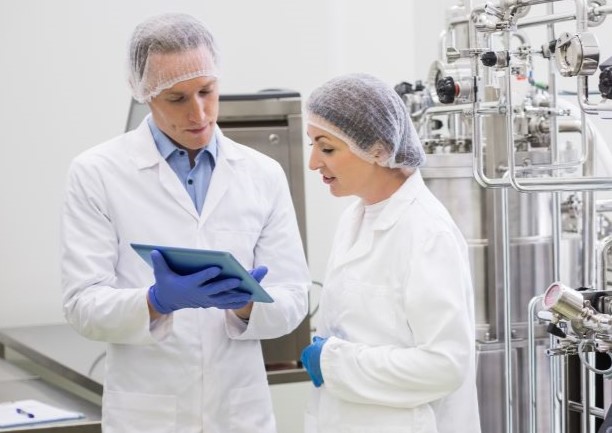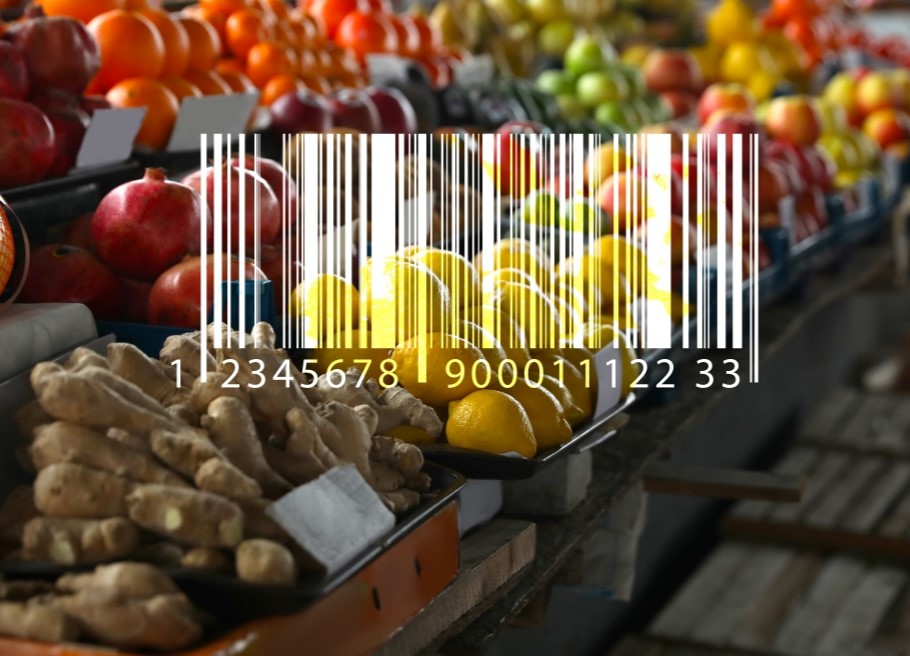Embracing the Digitalization of Food Safety, Without Fear
By David Hatch
Effective communication is at the core of food safety risk reduction. Yet the food industry lags behind other product segments when it comes to supporting improved communication with digital capabilities. The question is “why?”
The Communication Challenge in Food Safety
The food and beverage industry’s approach to digitalization and data is lagging fearfully behind other industries. The ability to set up, execute, and record data within a food safety testing program is not considered cutting-edge technology. In fact, workflow software tied to a reporting and analytics solution has been around since the advent of the Workflow Management Coalition in the early 1990s, and connecting workflow automation to a cloud platform to enable global communication of operational information has been “the standard” approach in many industries for the past two decades.
Yet, we still see most food safety teams relying on paper-based or, at best, manual spreadsheets as the means of scheduling, executing and reporting on food safety testing.
We still see most food safety teams relying on paper-based or, at best, manual spreadsheets … (for) reporting on food safety testing.
As the advantages and benefits of workflow automation became more apparent, many industries adopted “Workflow Management (WFM)” technology to help streamline their operations and leverage computing power to great effect. Here are just two examples that have touched us all:
- The Banking Industry transformed from a paper-based, human error-prone workflow paradigm to a digital, data-centric model. Workflow automation was first adopted internally, then pushed out via cloud applications to customers’ PCs, laptops, and mobile devices. Today, we no longer manually record our financial transactions on paper or line by line in a spreadsheet. We utilize specialized financial workflow software (think Venmo, Zelle, or your own bank’s online checking portal, etc.). Though there was some initial hesitation related to the level of trust we put into our banks and financial services vendors, the benefits rapidly became apparent with the convenience and efficiency of sending and receiving money anytime, anywhere.
- The Healthcare Industry transformed in a similar fashion. It was not that long ago when every physician’s record-keeping system was a paper-based, color-coded set of folders containing various records, charts, and information pertaining to our health. The advent of the “Electronic Health Record (EHR)” quickly transformed the industry. Now, communication of information between providers and insurers is streamlined and instantaneous, and critical information about things like drug interactions, treatment plans, and outcomes can all be correlated and tracked, reducing patient risk, and improving the quality of care. Fear was certainly an early barrier, but just like with banking, the benefits far outweighed the risks of digitalization. While we still contend with data sharing and privacy issues, there is no doubt that the digitizing of the workflows involved with the delivery of medicine and healthcare services has transformed the world.
In the food and beverage industry today, food safety data continues to be collected, recorded, and communicated manually. It seems that the need to communicate food safety data (e.g., diagnostic results) is stymied by a pervasive “fear” — namely, “fear of exposure” or “fear of not acting on a risk and being held liable for bad outcomes.” The existence of a digital record is viewed by some corporate food executives as a potential “smoking gun” scenario where the data could be used by regulators to prove that the organization DID know about an issue that it failed to address.
But this fear of exposure is rapidly becoming outdated, and out-regulated, as more and more digital record guidance is forthcoming. This is where the combination of workflow automation and digitized data comes into play within testing environments.
The Promise of Advanced Digital Technology
While well-founded, the fear of exposure can also be well-addressed with modern technology. At the root of everything is the concept of communication. The act of communicating information about a problem should be an integral part of the solution to that problem, especially in the food and beverage industry.
To alleviate the risk of exposure, it is not enough to be merely informed of an existing problem – the corrective action should be triggered simultaneously. And not just any corrective action, but the specific protocols defined in your food safety program and policies that correspond to the identified problem.
Modern day workflow automation tools enable just this type of result. And this is the genesis of the idea that data itself can be put to work. Today’s analytics capabilities enable something called “machine learning” to occur. In its simplest form, machine learning means that we can train software to look at data, as it is created, and determine whether an action should be triggered.
This is the basis for auto-alert technology. Several hundred food suppliers are now deploying this method to transform their food safety communications. In their worlds, as the diagnostic data from food safety testing is delivered, it is immediately assessed by the workflow automation software to determine whether there is information to be communicated and to whom. Further, as data is collected, trends can be detected that allow food safety teams to communicate proactively and implement preventative actions that will head off higher risk scenarios at the pass.
In this way, the new paradigm, like we have seen with banking and healthcare, shifts immeasurably from a reactive to a more preventive mode. In other words, instead of a labor and error-prone approach of having to continuously find the data within paper reports and spreadsheets…. what if the data came and found you?
The adoption of digital capabilities is gaining momentum within food safety functions across the industry, but progress has been slow. Key to its acceleration is the realization that communicating sensitive food safety diagnostic data should not be feared, but instead it should be embraced as part of a risk-reduction strategy.
About the Author
David Hatch is Vice President, Digital Solutions Marketing, at Neogen. He was formerly Chief Commercial Officer at Corvium (acquired by Neogen in February 2023) where he led the introduction of the food industry’s most advanced food safety automation software platform, now called Neogen Analytics. For over 30 years, Hatch has led organizations focused on data analytics technologies, market research, and consulting services. He has authored dozens of research studies, blogs, articles, and white papers covering a broad range of data analytics topics, including predictive analytics, performance management, workflow automation, and operational analytics.

-
 FeaturedRisk management
The Cost of a Breach: What a Cyberattack Could Mean for Food Safety Recalls
FeaturedRisk management
The Cost of a Breach: What a Cyberattack Could Mean for Food Safety Recalls
-
 FeaturedRisk management
Securing the Food Chain: How ISO/IEC 27001 Strengthens Cybersecurity
FeaturedRisk management
Securing the Food Chain: How ISO/IEC 27001 Strengthens Cybersecurity
-
 FeaturedRisk management
Revolutionizing Food Safety Training: Breaking Out of the “Check-the-Box” Mentality
FeaturedRisk management
Revolutionizing Food Safety Training: Breaking Out of the “Check-the-Box” Mentality
-
 GFSI Standards
GFSI 2025: Building Trust, Tech-Forward Solutions, and Global Unity in Food Safety
GFSI Standards
GFSI 2025: Building Trust, Tech-Forward Solutions, and Global Unity in Food Safety
-
 FeaturedFood Safety
Integrated Pest Management: Strategies to Protect Your Brand’s Reputation
FeaturedFood Safety
Integrated Pest Management: Strategies to Protect Your Brand’s Reputation
-
 FeaturedFood Safety Culture & Training
No Open Door Policy: Challenges That Impact Pest Control in Food Processing Plants
FeaturedFood Safety Culture & Training
No Open Door Policy: Challenges That Impact Pest Control in Food Processing Plants




